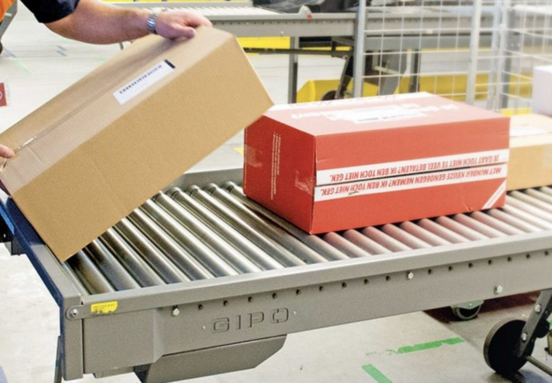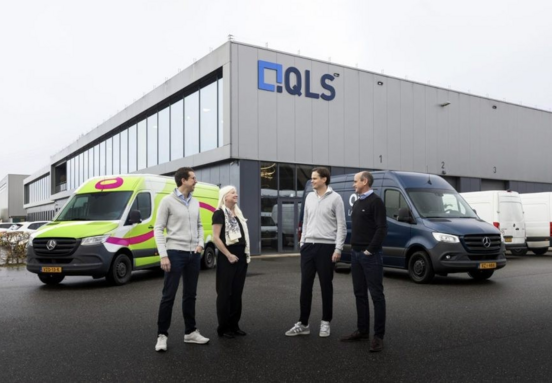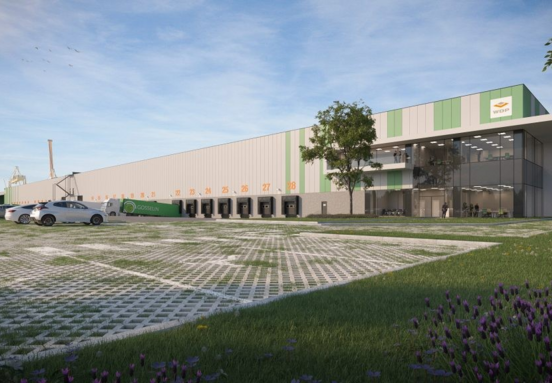The Belgian logistics sector: a dual transformation unveiled
The Belgian port, transport, and logistics sector finds itself at a pivotal moment, grappling with the twin demands of decarbonization and digitalization.
A recent comprehensive study by ING, in collaboration with the University of Antwerp and VIL, underscores this 'double combat' faced by industry leaders.
For businesses seeking prime office or warehouse space, these insights are crucial for making forward-looking real estate decisions.
Driving forces: sustainability and digital innovation
The study, based on a survey of 75 key industry players, reveals a sector in flux. Many companies are proactively developing robust sustainable and digital strategies, recognizing the imperative to adapt.
The core drivers for these transitions are clear: enhancing corporate reputation and maintaining a strong competitive edge in a globalized market.
This push for sustainability directly impacts the demand for green warehouses, energy-efficient facilities, and strategically located distribution hubs that can support optimized, low-carbon transport routes.
Navigating the landscape: obstacles and opportunities
While some enterprises are leading the charge, others face significant hurdles. Financial uncertainty, high initial investment costs for new technologies or green infrastructure, and inconsistent government policies are cited as major obstacles.
This creates a dichotomy within the market: a strong demand for state-of-the-art, compliant spaces by forward-thinking companies, versus potential challenges for those unable to make the necessary investments.
For businesses evaluating properties, this means distinguishing between spaces that are future-proofed and those that may soon become obsolete.
Key takeaways for your real estate strategy:
Demand for green & smart spaces: Expect increased demand for warehouses with high energy efficiency ratings, renewable energy sources (e.g., solar panels), and certifications like BREEAM or LEED. Digitalization will drive the need for 'smart warehouses' equipped with advanced connectivity, automation infrastructure, and robust data capabilities.
Strategic location is paramount: As supply chains are re-evaluated for efficiency and lower emissions, proximity to ports, major transport arteries, and intermodal hubs becomes even more critical.
Attracting talent: Modern, well-located office spaces that offer amenities and promote collaboration will be essential for attracting and retaining the skilled workforce needed to manage increasingly complex and digitalized logistics operations.
Strategic steps for sustainable growth
The ING report provides actionable recommendations designed to help the sector overcome its challenges and unlock future growth. These recommendations hold direct implications for businesses scouting new locations:
Leveraging ESG strategically: Companies must embed Environmental, Social, and Governance (ESG) principles into their core strategy. This will translate into a preference for properties that align with high ESG standards.
Strengthening the economic case for green investments: Businesses need to clearly articulate the long-term financial benefits of sustainable investments, which will further fuel demand for eco-friendly infrastructure.
Fostering cooperation: Enhanced collaboration across the logistics chain can lead to shared infrastructure, more efficient resource utilization, and potentially new types of shared or co-located facilities.
Accelerating digital adoption: Investment in digital tools and infrastructure is non-negotiable. Real estate choices must support this, offering the necessary technological backbone.
Investing in staff development: A skilled workforce is crucial for managing new technologies and sustainable practices. Office and industrial spaces that contribute to employee well-being and facilitate training will be highly valued.
In conclusion, the dual transitions of decarbonization and digitalization are fundamentally reshaping the Belgian logistics landscape. Businesses looking to rent office or warehouse space must consider these macro trends to ensure their real estate choices not only meet current operational needs but also provide a resilient foundation for future growth and competitive advantage.
Source: ing.be







